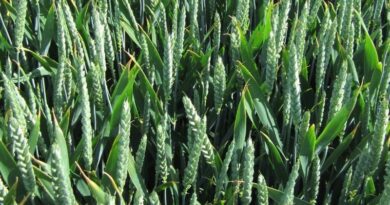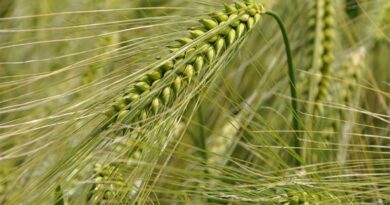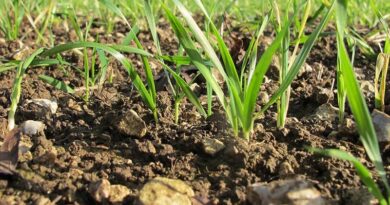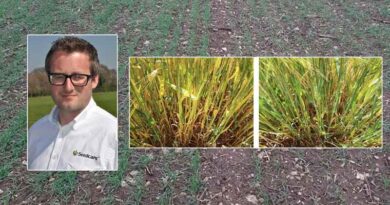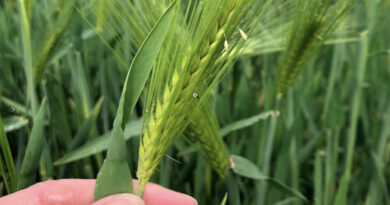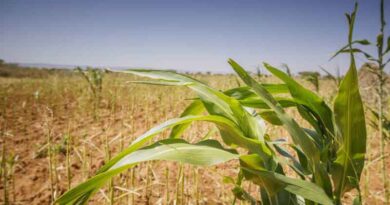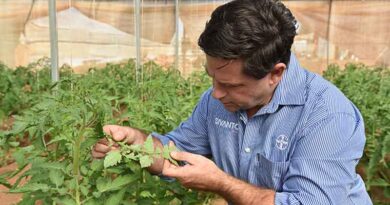Biostimulant boost to fertiliser efficiency assures yields
06 April 2022, UK: With hugely inflated fertiliser costs this season any opportunity to reduce inputs, whilst maintaining yields, creates a valuable opportunity to protect margins.
Using biostimulants to enhance the efficiency of nutrient uptake and utilisation by the plant could give growers the chance to reduce fertiliser rates and still gain from higher commodity prices.
Research from biostimulant specialists, Valagro, indicates that an application of YieldOn, at the T2 flagleaf timing, could help the plant deliver the same yield with a reduction of 50 kg/ha of nitrogen.
AHDB suggests the reduced fertiliser use would induce a yield reduction of 0.36 t/ha in wheat, which Valagro trials have shown would be more than compensated by the extra from YieldOn treatment. At current prices that could calculate to an increased margin of over £105/ha.*
The action of YieldOn improves uptake and transport of nitrates in the plant and increases phosphate use efficiency, along with the uptake of micronutrients zinc and iron. Among the gene groups categorised for transport of sugars and nutrients, studies have shown a 30-fold upregulation in certain proteins associated with nitrate transporation activity, for example. YieldOn is based on 65% concentration of plant extracts and seaweeds.
Importantly for this season’s agronomy, this target of YieldOn action to enhance nutrient movement into grain suggests an application at the T2 timing, as opposed to most biostimulants that are applied at earlier growth stages to counter abiotic stresses.
The recommended rate for both winter wheat and spring barley is 2.0 l/ha and can be applied in tank mix with a fungicide.
Both Valagro and independent research has shown an average yield increase of 0.47 t/ha in wheat, with positive returns in 80% of trials. Valagro field trials have also shown good results in oilseed rape.
Syngenta biostimulants technical manager, Andy Cunningham, highlighted there is likely to be an even greater squeeze on margins for next year, when high energy costs are likely to mean fertiliser and other input costs will remain high, while current commodity prices are not assured.
“Improving the efficiency of use of all input costs will be paramount in the future,” he suggested.
“Our R&D research and field trials into the understanding of biostimulants, and how they interact with all other inputs in the crop, aims to develop a clear picture of what works where and when.”
Andy pointed out there is no doubt that biostimulants have an effect on the plant. “However, the research shows that it’s a complex and detailed interaction between the external abiotic stresses, and the plant’s response mechanism.”
“As the most influential weather stress factors become more frequent and more severe, the knowledge of how the different biostimulants work and how they can best be utilised in the agronomy programme will be ever more important.”


